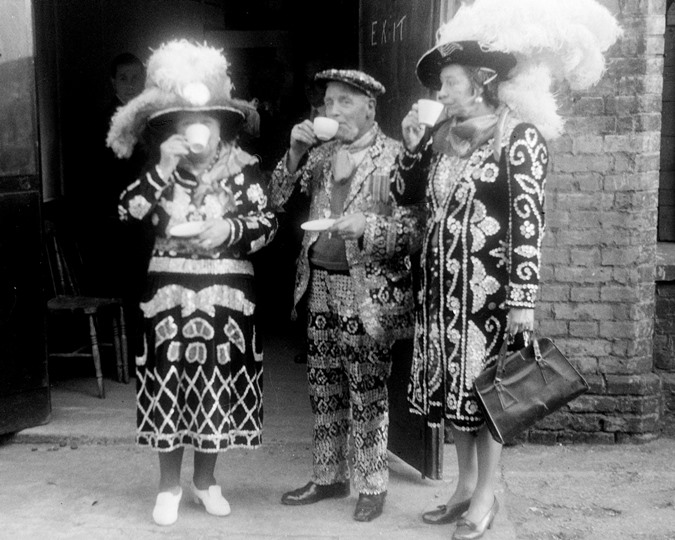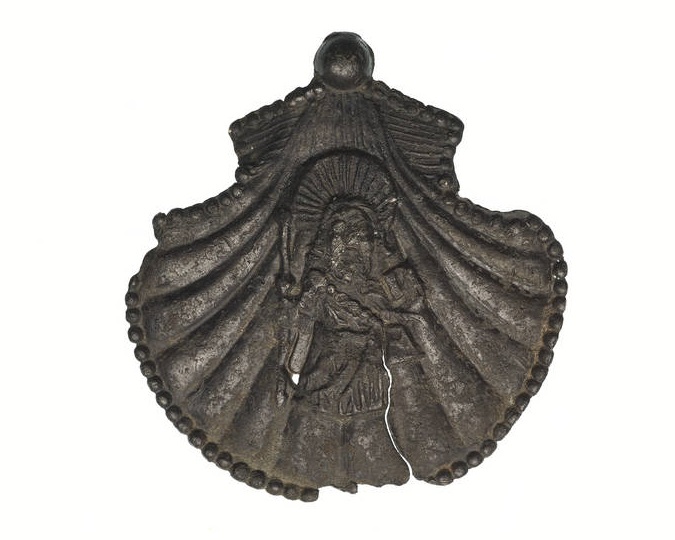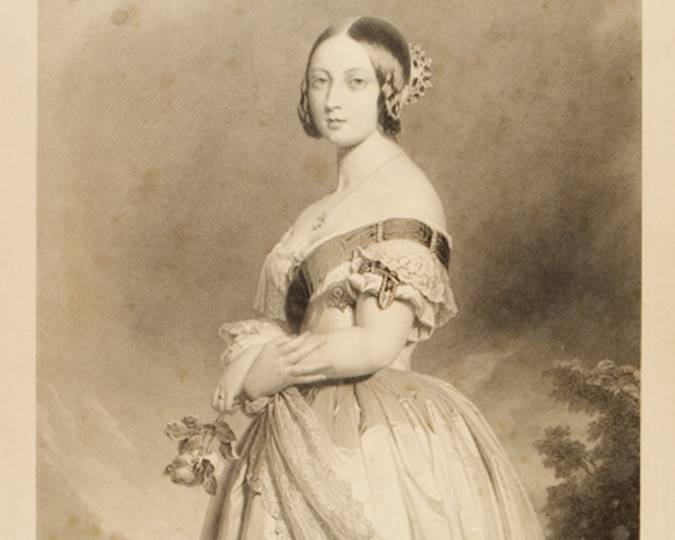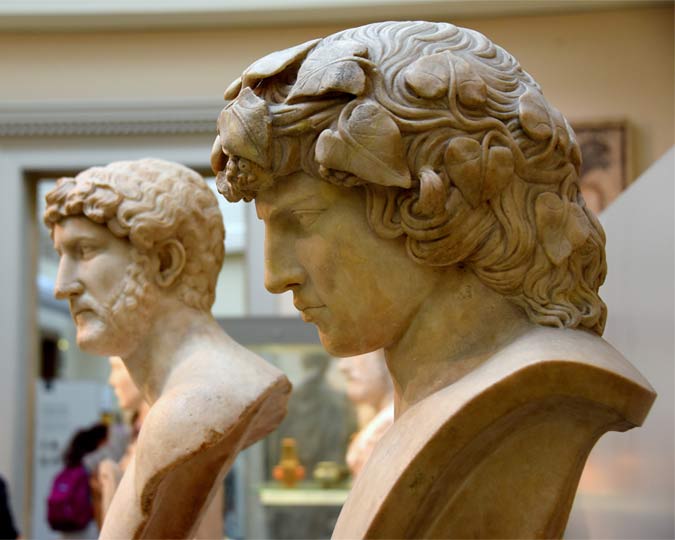For 37 years, The Backstreet was an iconic part of London’s leather and gay bar scene. Read more about the club’s history, its distinctive look and the reasons behind its eventual closure in July 2022.
At the age of 32, following negotiations with Benjy’s nightclub in Mile End, John Edwards was granted permission to take on the failing Benjy’s 2, the smaller, downstairs bar and transform it into what would become London’s longest-running and strictest, men-only leather bar, The Backstreet. Its opening night took place on Friday, 12 April 1985, with a dress code of both leather and/or rubber, and was an instant success. John was motivated by the belief he could run such a venue better than anyone, which he ultimately proved. At the time of our opening, the leather scene in London was only The Coleherne in Earls Court, which wasn’t strict on dress code. The Cellar Bar at the back of the nightclub Heaven (in Charing Cross) had just closed, so there wasn’t really anywhere with a late licence for serious leather guys.
Gradually, during its first year of opening, John’s vision began to take hold with the removal of the previous bar’s original decor — notably, a horrible blue carpet and flock wallpaper. The Backstreet grew with the addition of cages and chains, oil drums and walls adorned with posters from leather bars, past and present, from around the world, and, of course, the iconic boots which hung throughout the club from the black ceiling tiles.
The boots, of which there were close to a hundred at the time of closing, were mostly horseman’s/guardsman’s boots that John had acquired from a shop on Camden Road, which is no longer there. The 20-plus oil drums were found abandoned by workmen by Regent’s Canal in Mile End and taken back to John’s flat, where they were painted black (they were originally yellow), and then rolled over to the club.
The posters were accumulated over many years, either from John’s travels around Europe and the US, or they were sent to the club. At the time, venues and club promoters sharing each other’s posters seems to have been common on the leather scene, a tradition which has now sadly fizzled out. Many of these posters in John’s collection would have, at some time, been hung on the walls of The Backstreet, either by pins or Blu Tack, until they became discoloured by smoke or fell down, only to be replaced by another. Of all the posters, perhaps the most valuable was a handmade — probably one-of-a-kind — poster from the notorious fetish club The Mineshaft in New York, which closed just a matter of months after The Backstreet opened. Thankfully, this poster has survived in John’s personal archive and is still in good condition.

A BLUF poster from 27 August 2005. (ID no.: 2022.83/22)
Some of the other posters were from particular nights held in the club. Indeed, party nights seemed to have increased after the invention of the internet, and competition to attract customers became ever more prevalent. One such themed night was the BLUF (Breeches and Leather Uniform Fanclub) nights. BLUF, which turned 25 in 2022, started as an internet group based in Canada and quickly spread around the world, with their first meet-ups in London in 1998. It’s not certain when their first night at The Backstreet was, but the earliest and the best poster we had was from 2005.
Many of The Backstreet’s other items — such as head cages, a hanging gibbet, ankle and cuff manacles, chains and a large metal cage on wheels — were supplied by a company called Fetters, specialists in authentic law enforcement, antique and replica manacles, prison irons, strait-jackets, leatherwear, hoods, helmets and “houdiniana”, based at Fitzwilliam Road, Clapham.
The central piece of the club’s interior was without doubt the large and unbelievably heavy cage, which was secured from a man in Bow. At the time of the club’s closure, the cage proved to be a difficult item to rehouse, partly because of its size and weight. It now, thankfully, resides in a storage facility in Norfolk.
The dress code was taken very seriously. For customers who didn’t quite meet the standards of The Backstreet — that is, if they weren’t more than 50% in leather or rubber, with leather boots — we had clothes in the Box. Provided, they were the right size, it was possible to lend them items of clothing upon their arrival. The clothing was a combination of donations and unclaimed lost property.
In the late 1980s, the country entered the awful era of HIV and AIDS, when two of the club’s barmen died within a week of each other. This period — at its worst, according to John, from 1986 to 1992 — meant that venues such as ours were under a lot of scrutiny. Despite this, The Backstreet went from strength to strength. Established clientele were not deterred, and arrived in such great numbers that the Benjamin family of Benjy’s upstairs had concerns of us being just too busy. On Fridays and Saturdays, we often exceeded the recommended capacity of 150.
It was at this time that John Edwards wrote to the Finnish artist Touch Valio Laaksonen (1920–1991), better known under the pseudonym ‘Tom of Finland’, with a commission of two drawings to help promote The Backstreet. The drawings, one a leather man and the other a rubber man, replaced the earlier club logo of a pair of boots. They became synonymous with The Backstreet, and appeared on just about all of the club’s future posters, flyers, newsletters and other promotional material. The Tom of Finland drawings on The Backstreet T-shirt became extremely popular amongst the patrons and we are still selling them online to customers around the world.
Other themed nights followed the rise of the internet, most notably the Mastery nights hosted by Brew Hunter, Meat Rack with D.J. Rob C., and Rubber Men of London, with these successful events bringing more artwork to the walls.

One of the club’s Pride banners. (ID no.: 2022.83/14)
In 2007, the smoking ban was enforced and for about six months, business was hit quite hard as cigars played a crucial part in the look of some of our patrons. After discussions with the club upstairs, John managed to wrangle the small outside space at the back of the club as a smoking area. Following that, BLUF organiser Nigel Whitfield introduced his smoking fetish nights Ignite.
In 2013, John suffered a serious stroke, which meant managing the club remotely with barman Mark stepping up to take over the general day-to-day running of the venue. It was shortly after this that that the old Backstreet Pride banner was discovered buried at the back of one of the store rooms. After two decades of being hidden from public view, it was displayed on the wall until the venue’s closure. It was during these latter years that the club’s future became doubtful, with a string of applications for redevelopment being submitted, but with every submission came objections from local residents and knock backs from Tower Hamlets council as they deemed the club “an important community asset”.
When The Backstreet finally did close, just one year after reopening from the COVID-19 lockdowns, the primary cause was the ever-increasing overheads, which we could no longer afford. The final weekend of trading in July, on one of the hottest weekends of 2022, was an emotional one, with some customers actually flying in from abroad to say their goodbyes. We even had a documentary film crew recording the final weeks, as well as interest from the Museum of London, Bishopsgate Institute and Queer Britain.
John Edwards is owner of The Backstreet. He opened the club in 1985, and worked the door and cloakroom until 2013, but remained the owner until closure in 2022. Mark Allnutt was barman at The Backstreet from 2004 until its closure.
Header image: The Backstreet club, and (right) a Mastery beer mat. (ID no.: 2022.83/20)
The Backstreet has generously donated 28 items to the Museum of London, including the club’s Pride Banner; items of rubber and leather clothing from The Box; prints of Tom of Finland’s Leatherman and Rubberman designed for the club; and ephemera, including posters, flyers, a taxi card, beer token and beer mats.















